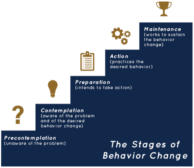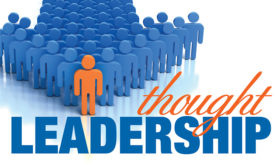Human & Organizational Performance
Human and Organizational Performance (HOP) assumes that human error is inevitable and that error is a symptom of problems within organizational systems. The HOP approach emphasizes the use of leading indicators, lessens negative consequences that lead to underreporting of incidents and near misses and includes workers in identifying safety solutions.
ARTICLES
Dave Johnson: What's going on
Keep your distance from political correctness & culture wars
July 20, 2022
Training
Invest in workers to prevent absenteeism, cut operating costs
Preventative training is essential when there is risk of workplace injury
May 17, 2022
Leading Safety
Saying 'everyone is responsible for safety' is problematic
The entire group should not be held accountable for individual behavior
April 22, 2022
Get our new eMagazine delivered to your inbox every month.
Stay in the know on the latest safety trends.
SUBSCRIBE TODAYCopyright ©2024. All Rights Reserved BNP Media.
Design, CMS, Hosting & Web Development :: ePublishing










